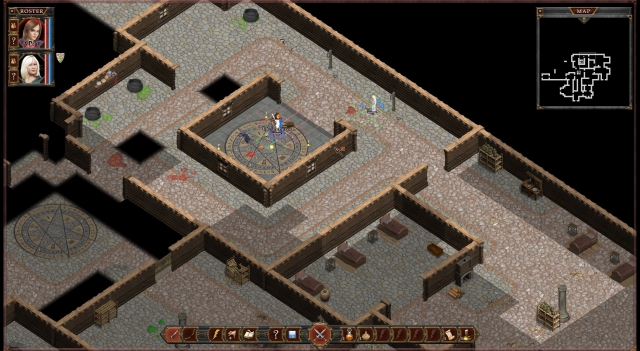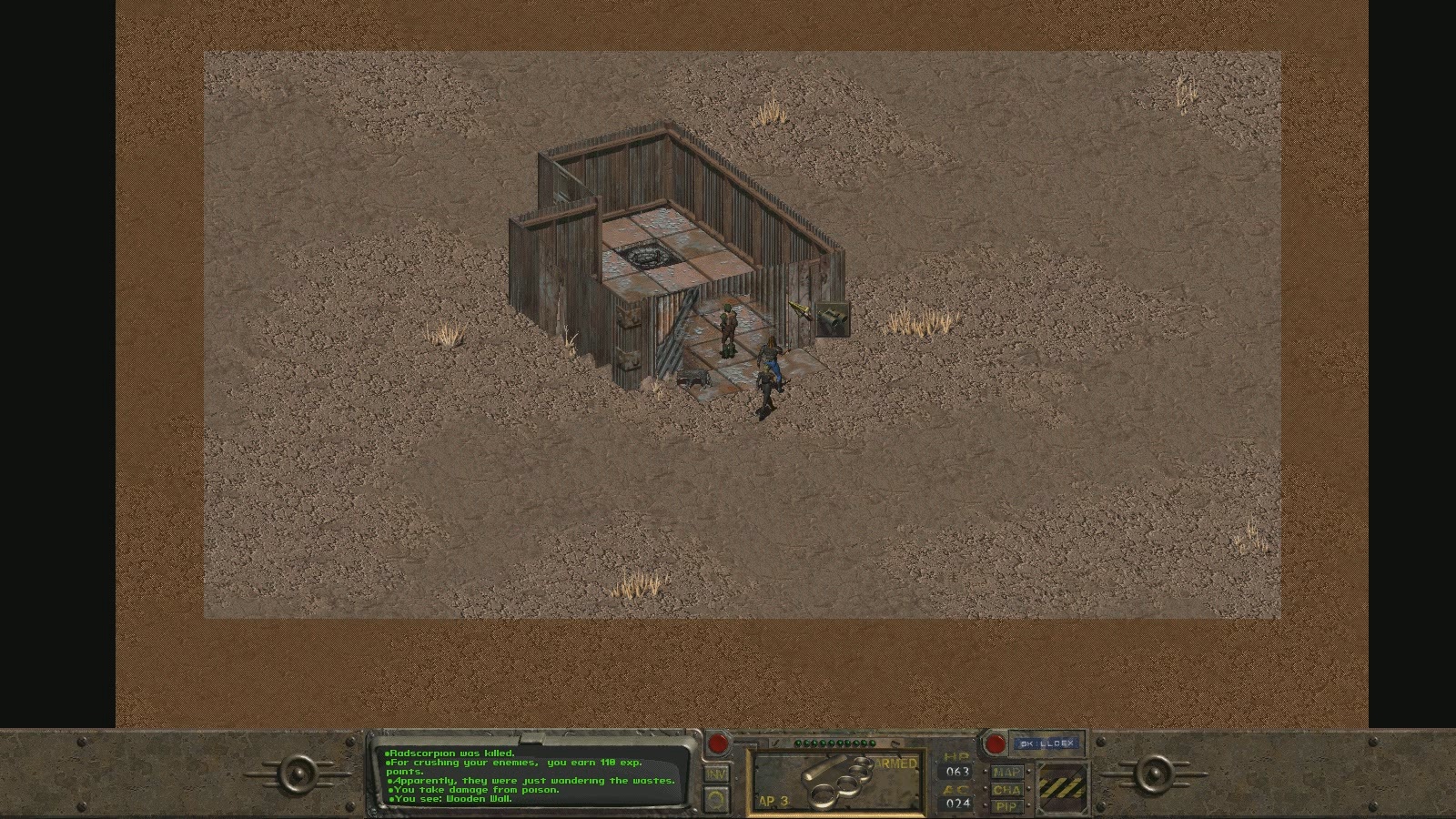1
Window / Re: How to properly draw multiple RenderTexture ?
« on: July 30, 2024, 07:50:22 pm »
I have updated the code in the OP.
Exactly, i want different offscreen surfaces where to draw (in my case the RenderTexture_Two is a simple grid that i want to overlap to the RenderTexture_One, to check the allignment and position of things..) and then combine them on screen.
The fact is that the grid is always the same therefore there is no benefit in redrawing it from scratch every frame, i prerender it on the RenderTexture_Two and than use it when needed.
I can simply use a .png with transparency to draw any overlapping image, without any calculation since is an image... but handle it directly in-code, since i think of a simple game, can make things more manageble than have to pass from Gimp.
Exactly, i want different offscreen surfaces where to draw (in my case the RenderTexture_Two is a simple grid that i want to overlap to the RenderTexture_One, to check the allignment and position of things..) and then combine them on screen.
The fact is that the grid is always the same therefore there is no benefit in redrawing it from scratch every frame, i prerender it on the RenderTexture_Two and than use it when needed.
I can simply use a .png with transparency to draw any overlapping image, without any calculation since is an image... but handle it directly in-code, since i think of a simple game, can make things more manageble than have to pass from Gimp.
 (a bit of thanks also to ChatGPT
(a bit of thanks also to ChatGPT  )
)



